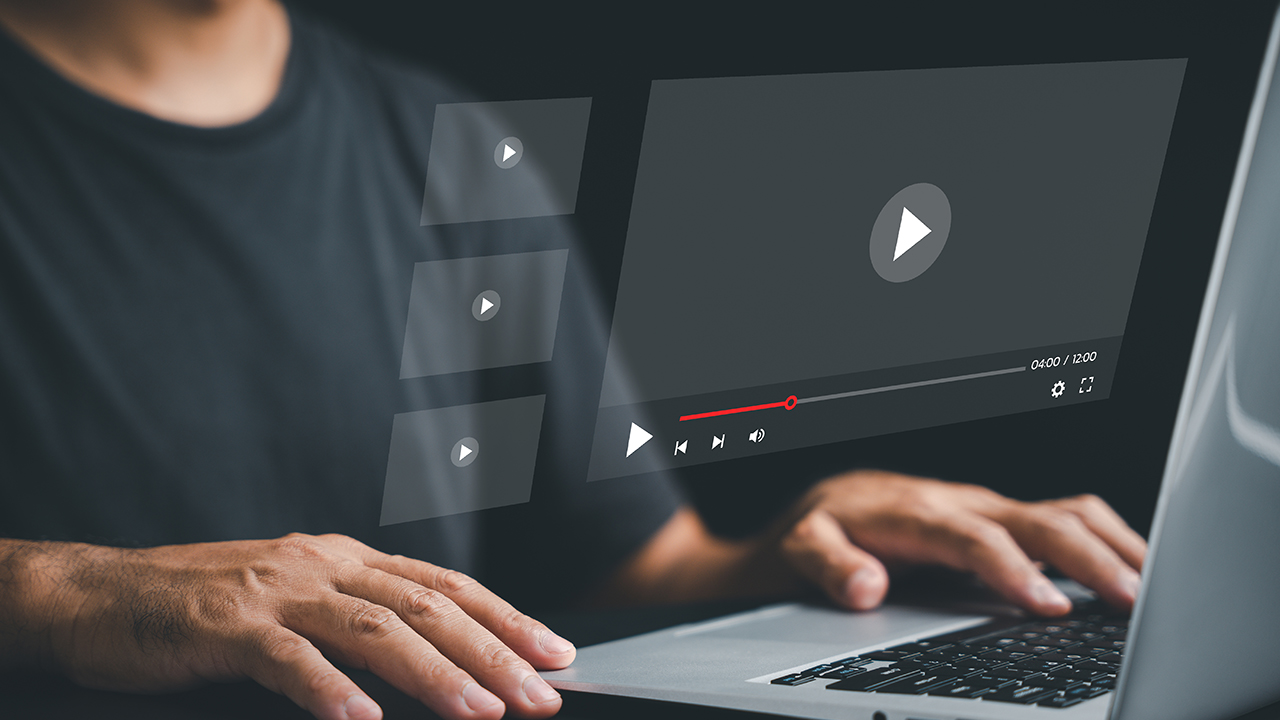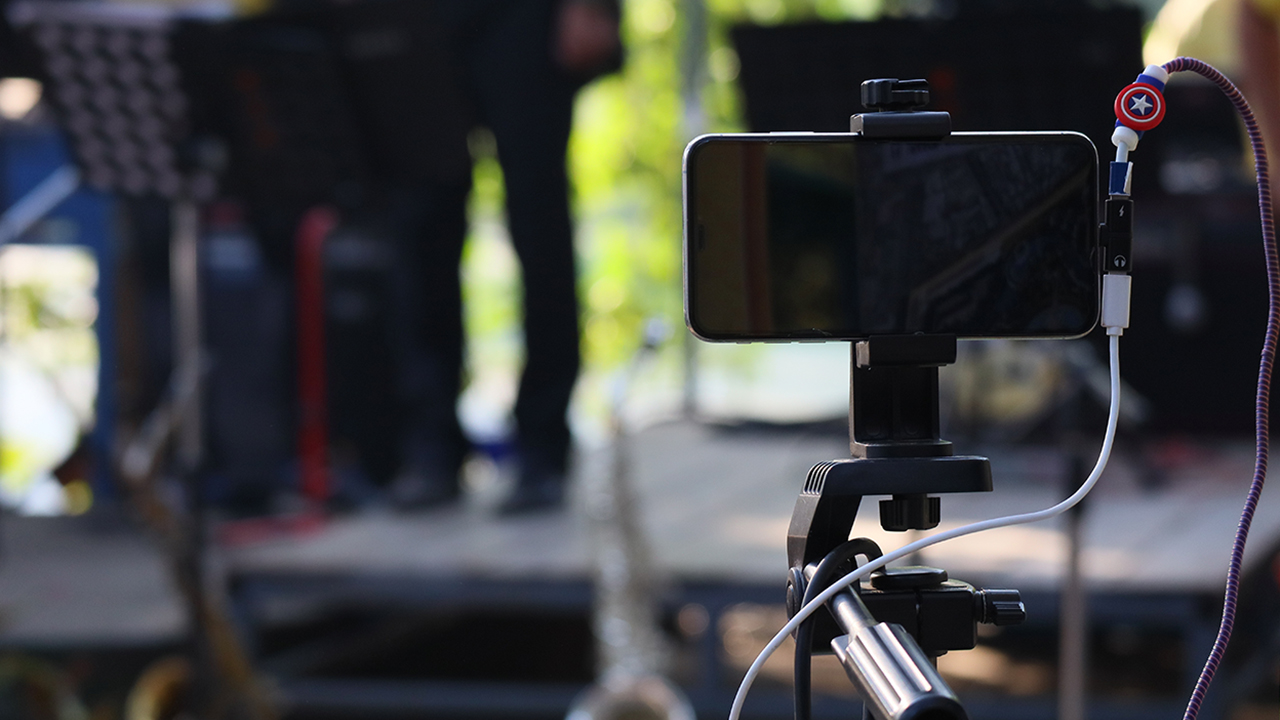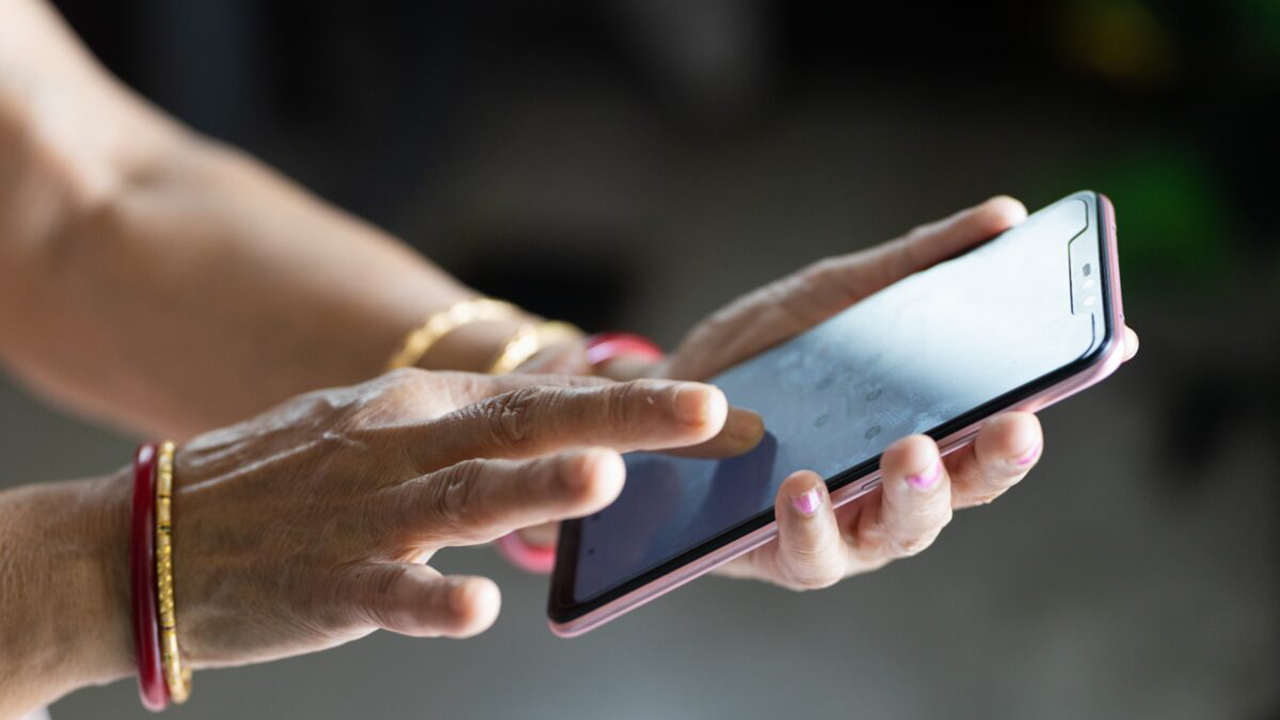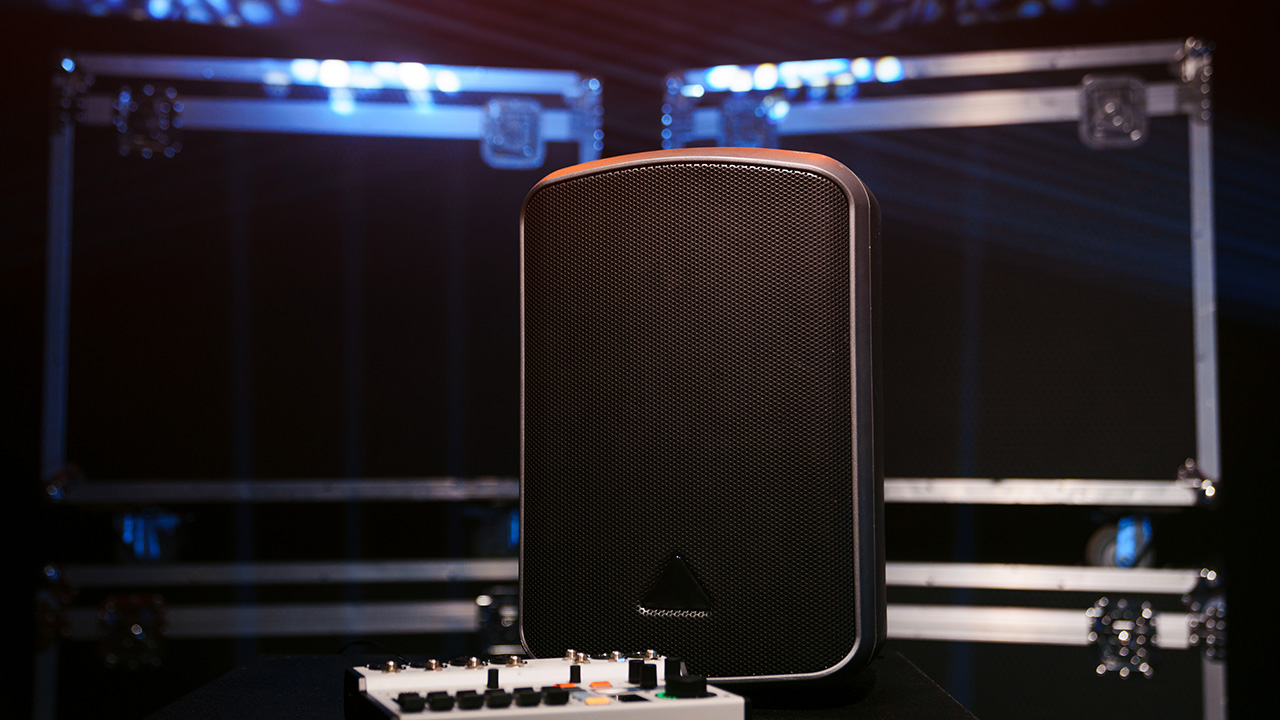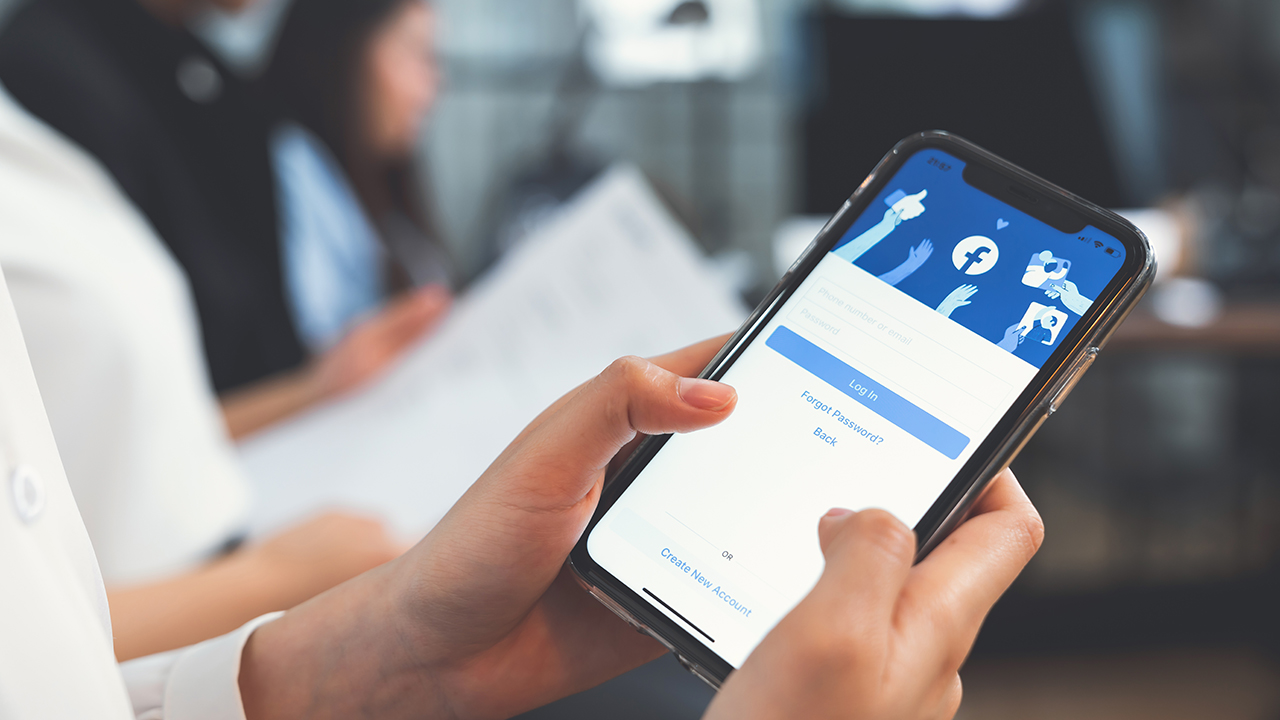Data Privacy and Security in Church Live Streaming
Live streaming church services offers a wonderful opportunity to reach a broader audience, but it also comes with responsibilities to protect viewers’ privacy and ensure data security. From safeguarding personal information to preventing unauthorized access, prioritizing privacy and security builds trust within your congregation and enhances the worship experience.
This article explores best practices for maintaining data privacy and security in church live streaming, helping you create a safe and welcoming virtual space.
1. Understand Data Privacy Risks in Live Streaming
Live streaming introduces potential risks that can compromise data privacy and security. Being aware of these risks is the first step toward mitigation.
Common Risks:
- Unauthorized Access: Unsecured streams may allow unauthorized users to access services or sensitive information.
- Data Breaches: Improper handling of personal data, such as email addresses or donation records, can lead to leaks.
- Privacy Violations: Broadcasting attendees without consent may infringe on their privacy.
Understanding these risks enables churches to take proactive steps to secure their live streams.
2. Use Secure Streaming Platforms
Choosing the right platform is critical for ensuring data privacy in church live streaming.
Features to Look For:
- Encryption: Ensure the platform encrypts live streams and user data to prevent unauthorized access.
- Password Protection: Use password-protected streams to restrict access to approved viewers.
- Role-Based Access: Limit administrative access to authorized team members.
Secure platforms provide a foundation for privacy and security in your streaming efforts.
3. Obtain Consent from Participants
Protecting the privacy of individuals featured in live streams, such as speakers or attendees, is essential.
Consent Practices:
- Written Consent: Obtain signed release forms from speakers, musicians, or anyone prominently featured in the stream.
- Notice to Attendees: Inform in-person attendees that the service is being live-streamed and provide opt-out options.
- Blurred or Restricted Areas: Avoid filming areas where attendees may not wish to appear on camera.
Clear communication about live streaming builds trust and ensures respect for privacy.
4. Secure Viewer Data
If your live stream requires registration or collects personal data, take steps to secure that information.
Data Protection Tips:
- Minimize Data Collection: Only collect essential information, such as names and email addresses.
- Secure Storage: Use encrypted databases to store personal data securely.
- Privacy Policies: Clearly communicate how collected data will be used and protected.
Proper handling of viewer data prevents breaches and reinforces trust.
5. Monitor and Control Access
Restricting access to your live stream reduces the risk of unauthorized use or disruptions.
Access Control Tips:
- Private Links: Share live stream links only with registered or approved attendees.
- Two-Factor Authentication (2FA): Require 2FA for administrative access to streaming tools.
- IP Restrictions: Limit access to specific geographic regions if applicable.
Controlled access ensures that only intended participants can join your live stream.
6. Regularly Update Software and Systems
Keeping your streaming tools and software up to date is vital for maintaining security.
Update Practices:
- Apply Patches: Regularly update platforms to fix security vulnerabilities.
- Use Reliable Tools: Avoid unsupported or outdated software for streaming.
- Monitor Integrations: Ensure third-party tools used for overlays or analytics are secure.
Updated systems help prevent breaches and ensure smooth live streaming operations.
7. Train Staff and Volunteers on Privacy Practices
Your streaming team plays a crucial role in maintaining data privacy and security.
Training Topics:
- Secure Practices: Teach team members how to handle login credentials and avoid phishing scams.
- Privacy Awareness: Emphasize the importance of respecting attendee and speaker privacy.
- Incident Response: Prepare your team to respond effectively to privacy or security breaches.
A well-trained team reduces the likelihood of errors that compromise privacy.
8. Monitor Streams for Security Issues
Proactively monitoring live streams helps detect and address potential issues in real-time.
Monitoring Tools:
- Analytics Dashboards: Use dashboards to track unusual access patterns or high traffic from unknown sources.
- Activity Logs: Review logs for unauthorized access attempts or changes to settings.
- Live Moderation: Assign team members to monitor chat or participant behavior during streams.
Active monitoring ensures a secure and respectful live streaming experience.
Conclusion
Data privacy and security in church live streaming are vital for protecting your congregation and fostering trust. By choosing secure platforms, obtaining consent, and implementing robust access controls, churches can create a safe and inclusive digital environment.
In follow-up articles, we’ll explore advanced tools for live stream security, including encryption protocols and best practices for safeguarding sensitive data.
editor's pick
News via Inbox
Stay ahead in the fast-evolving world of church technology with our Newsletter! By subscribing, you will gain access to a wealth of information and resources designed to keep you informed and empowered.

